8 interesting facts about tanuki - mysterious guardians of Japanese forests (9 photos)
Tanuki are not just animals, they are living legends. These furry inhabitants of Japan, known as the Japanese raccoon dog (Nyctereutes procyonoides viverrinus), have long been a symbol of mischief and mysticism. Despite their outward resemblance to raccoons, tanuki belong to the canine family, related to wolves, foxes and domestic dogs. 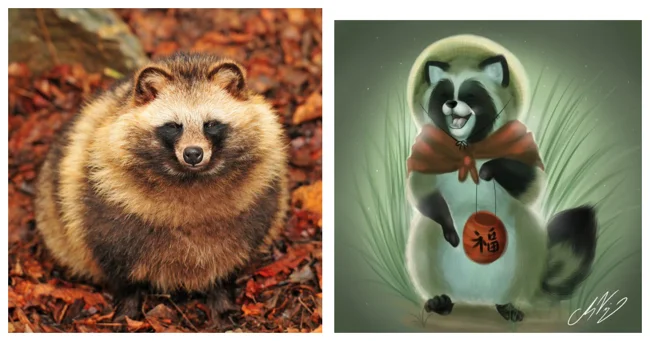
In Japanese folklore, they are famous as shapeshifting tricksters, capable of changing appearance and deceiving people. Today, their image can be found in video games and animated films.
These amazing facts about tanuki reveal their unique nature and cultural significance.
1. Not to be confused with raccoons 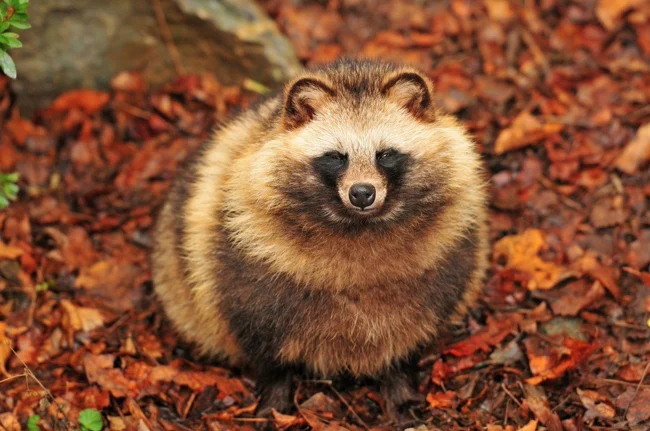
Despite their similar masquerade appearance, tanuki are not related to American raccoons. While raccoons are members of the raccoon family, tanuki are canids. Their similar appearance is the result of convergent evolution, where different species independently evolve to live in similar environments.
2. Climbing trees like cats 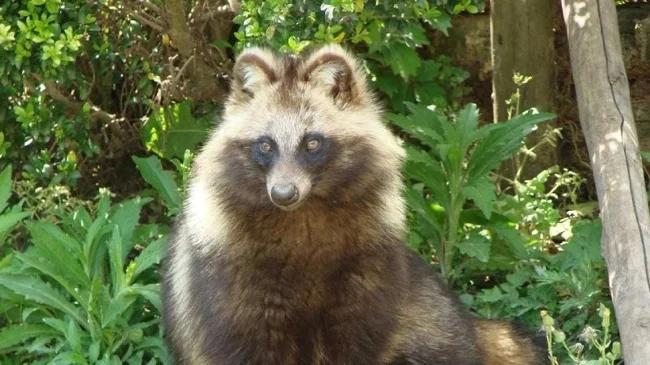
These amazing creatures are rare representatives of canines that can climb trees. Thanks to their curved claws, they easily and quite gracefully climb for berries and fruits. And their love of water makes them even more versatile: tanuki swim well and even dive for prey.
3. Victims of Fashion 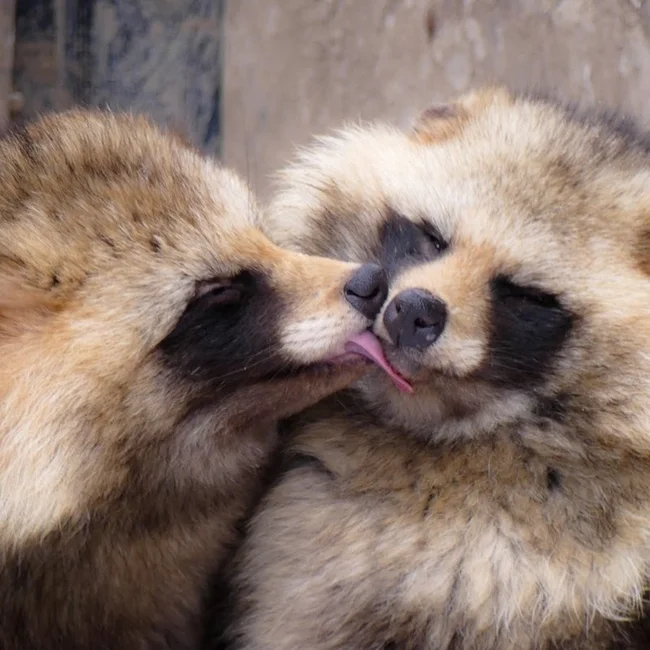
Tanuki and their close relatives, the mainland raccoon dog, are often victims of the fur industry. The fur of these animals, raised in captivity, is sometimes sold as faux. According to the Humane Society of the United States, 70% of "faux fur" products contain raccoon dog fur. This is a sad fact, reminding us of the importance of conscious consumption.
4. Invasive species in Europe 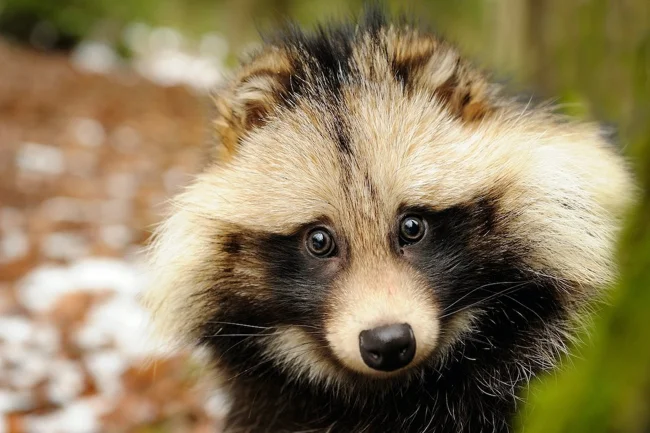
At the beginning of the 20th century, tanuki were brought to the USSR to develop the fur trade. Over time, they spread throughout Europe, where they began to be considered an invasive species. Their population grew rapidly due to the lack of natural predators, omnivorousness, and tendency to feed on carrion. Today, many countries are actively fighting these invaders, banning their breeding and trade.
5. Family Values in the Animal World 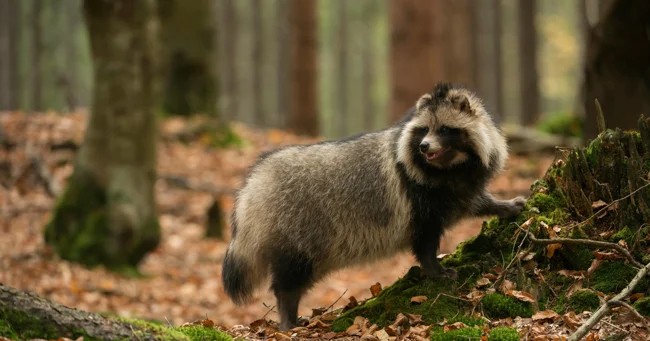
Tanuki are true examples of family harmony. They live in monogamous pairs or small groups. Males actively participate in raising offspring: they bring food to pregnant females and help raise puppies, which stay with their parents for four to five months.
6. The Only Canids That Hibernate 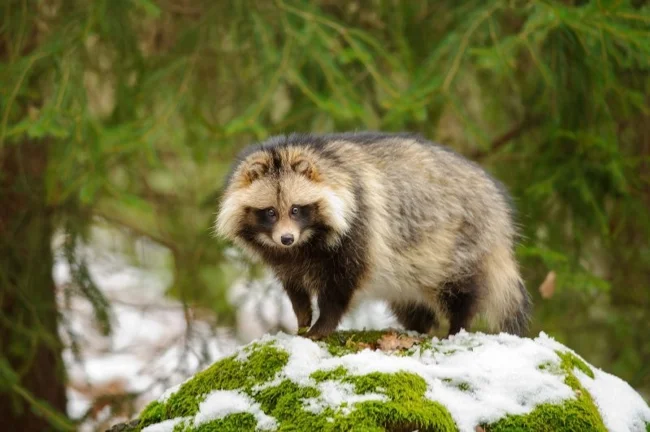
Unlike their canine relatives, tanuki prefer to rest in winter. They gain weight in the fall, reduce their metabolism, and spend the cold months in a semi-conscious state. However, they do not hibernate completely: on warm days, tanuki go hunting. Interestingly, they sleep with their partners, preserving the family warmth even in winter.
7. Mythical Tricksters 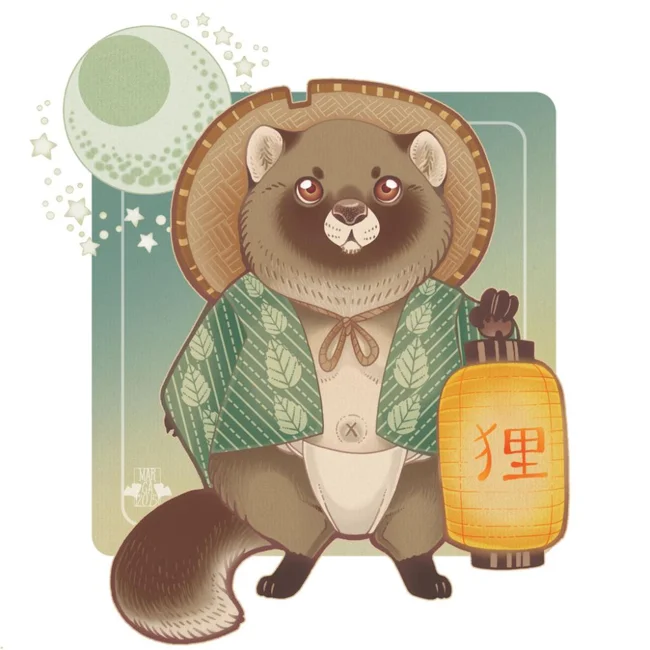
In Japanese folklore, tanuki appear as mystical creatures - bake-danuki. The first mention of them is found in the ancient book "Nihon Seki" (720 AD). These creatures are famous for their ability to take human form, create illusions and play tricks on people.
8. Ancient Ancestors of Modern Dogs 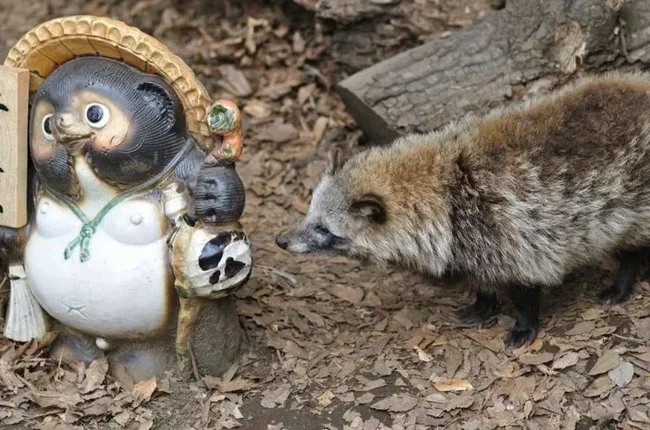
Tanuki are one of the oldest canine species that have retained the traits of their ancestors. They do not bark, but whine, growl and meow, which makes them unique among dogs. Fossils found in Japan indicate that tanuki inhabited the Earth as early as the Pleistocene (about 2.5 million years ago). Their history is a window into the past that shows what the first dogs might have been like.
Tanuki are not just animals, but living symbols of nature and culture. Their mischievous nature, mystical reputation and ancient history make them some of the most amazing creatures on the planet.
























